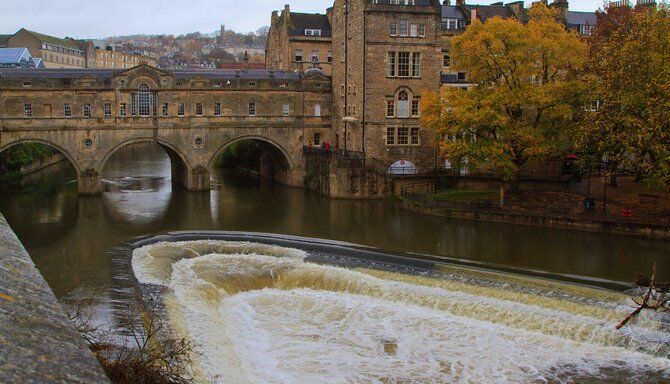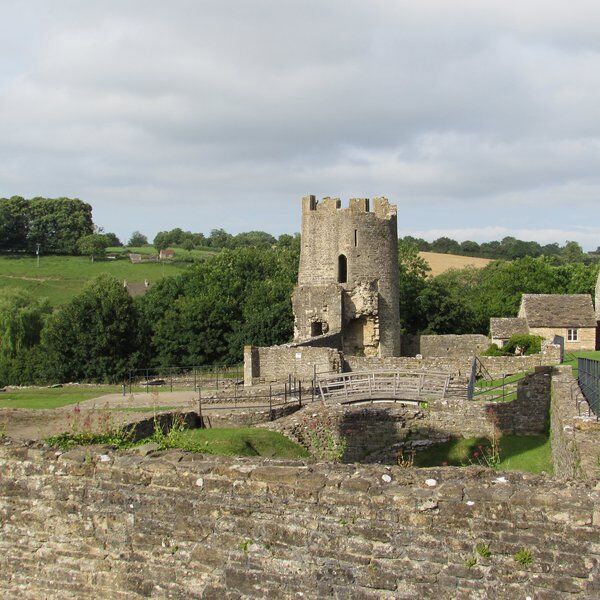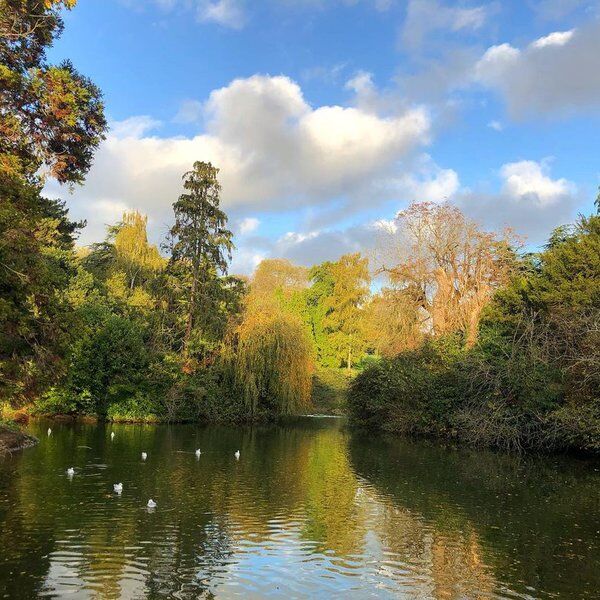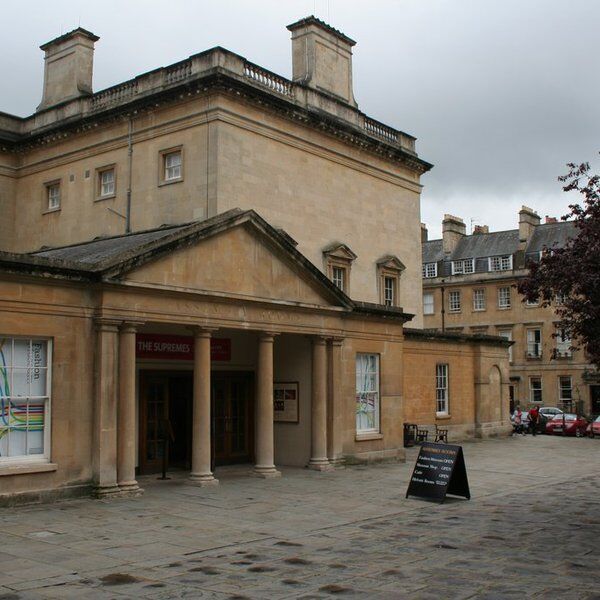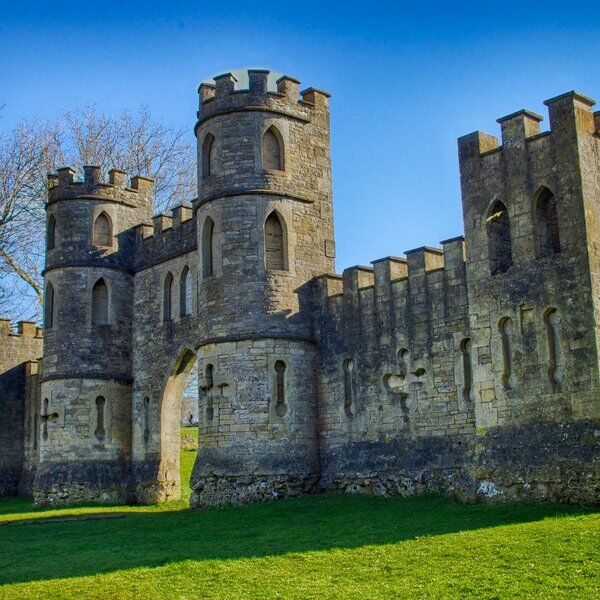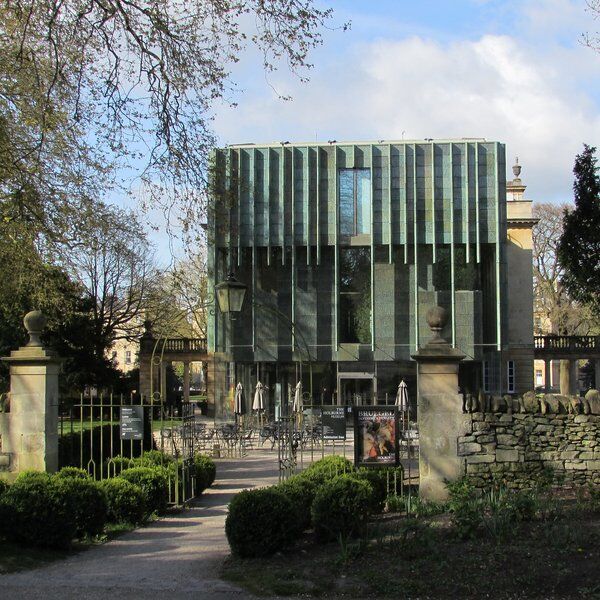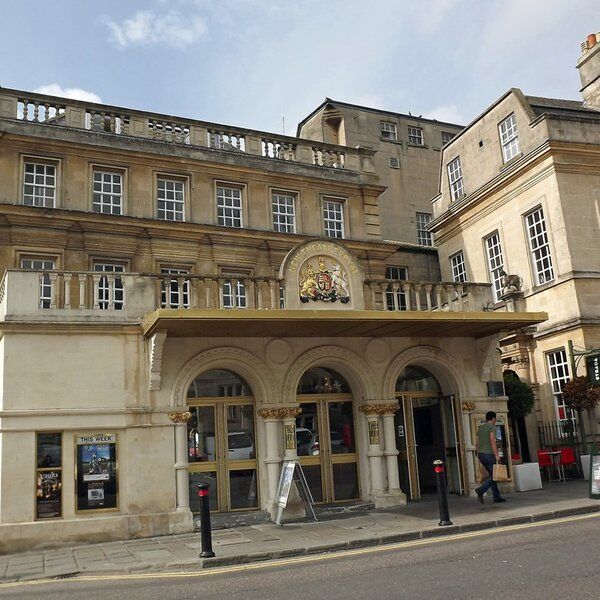An Introduction to Pulteney Bridge
Renowned for its bath houses, preserved roman spa, and hot springs many may be unaware that Bath is also home to one of the most unique and romantic bridges in the world.
Stretching over the River Avon, the Pulteney Bridge opened in 1774. Its purpose was to connect Bath with land that the wealthy Pulteney family wished to develop across the river.
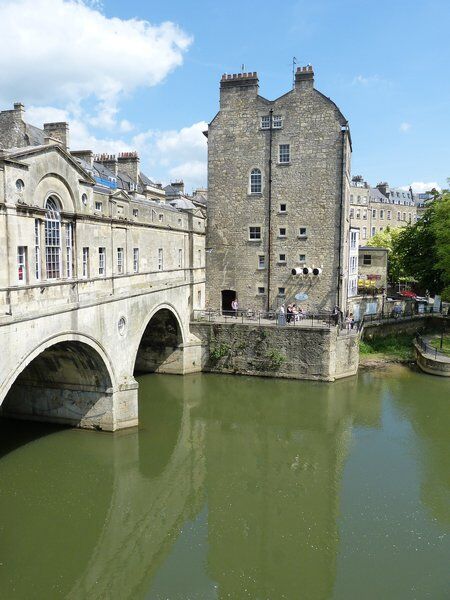
Construction began in 1769 and the designs followed the Georgian era's popular Palladian style made famous by the 16th century Italian architect, Andrea Palladio. Think Venice's Ponte Rialto, think Florence's Ponte Vecchio, think Erfurt's Krämerbrücke. Now imagine the shops lining both sides of the bridge; buses, taxis, and pedestrians spilling through; the inability to see the water whilst crossing; and you would be forgiven for thinking, like many others, that the Pulteney Bridge was just like any other street in Bath. Especially because this was the intention of its design; a 'seamless link' to allow the future inhabitants across the river to retain a sense of unity with Bath.
Who were the Pulteney's?
William Johnstone was a wealthy Scottish lawyer and Member of Parliament. His wife, Frances Pulteney, after whom the bridge was named, was the first cousin once removed of William Pulteney, 1st Earl of Bath. Upon the Earl's demise, Frances inherited his impressive fortune, in 1767. After the inheritance, which included a grand estate across the river from Bath city, Frances and William Johnstone changed their surname to Pulteney.
The easterly Bathwick Estate (as it was known) and surrounding area, being in close proximity to the river, experienced frequent flooding, especially during the winter. Despite this, William Johnstone Pulteney sought to create a new town from the inherited estate, to rival that of the Wood's on Bath's west side.
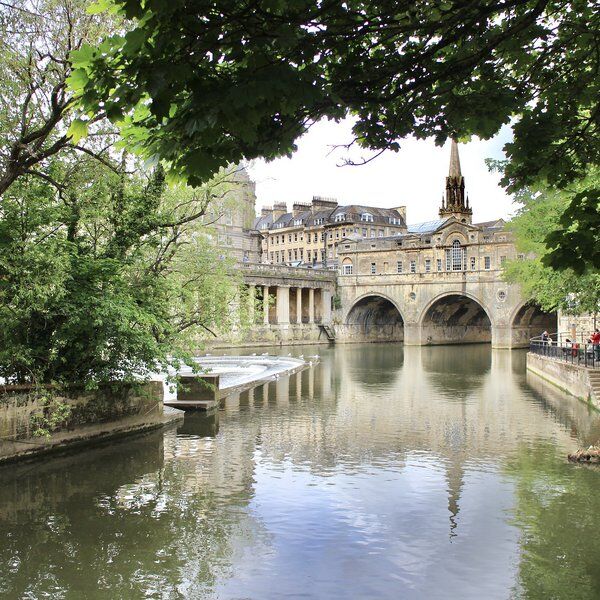
There was just one problem; the River Avon lay between the fashionable city center and the Pulteney's estate. There were bridges to the north and south but the only way to reach their land was by ferry. Therefore, William's grand scheme needed a new bridge. But this was not to be just any old bridge. William envisioned a spectacular bridge that would inspire wonder; that could be marveled as people crossed from the city into Bathwick.
Designing the Pulteney Bridge
Initially, grand plans for the Pulteney Bridge were created by Thomas Paty. Not including the shops his project was estimated to cost £4,569. Following a second estimate obtained from local builders and seasonal bad weather that inhibited construction, the project made its way to James and Robert Adam in 1770.
The brothers, who were already drawing up plans for Pulteney's new town, decided to adapt Paty's original design. As opposed to the 30ft width Paty had allowed, which posed issues concerning narrowness for the local council, the revised plans placed the width at 50ft wide. The five-year construction of the bridge cost £11,000.

Robert Adam aspired to create a stylish and sophisticated structure with shops on either side, much like Italy's Ponte Vecchio and Ponte Rialto. But ultimately, the bridge echoed a style reminiscent to that of Palladio's rejected design for the Ponte Rialto. Adam's original drawings of the Pulteney Bridge can be found in the Sir John Soane's Museum in London.
Rebuilding the Pulteney Bridge
By the turn of the century the bridge had been subject to much flooding and had sustained a lot of damage. In the following two centuries alterations were made and measures planned to preserve the bridge and restore its original appearance.
Features of the Pulteney Bridge
Shops and restaurants along the Pulteney Bridge
The shops, which span on both sides of the bridge are not particularly large or special and neither is the road itself, but when it opened it was considered revolutionary. The shops built on the southern side are shorter than the northern side, to ease the movement of traffic around the junction into Grand Parade.
Alongside independent shops, many restaurants with different price ranges also line the bridge. Due to the volume of shops, it's important to walk up one side of the bridge and down the other, so as not to miss anything! And speaking of missing things, do not forget to take lots of photographs when you visit Pulteney Bridge. Best viewed from afar the perfect photograph requires heading over to the Parade Gardens, so you can get the crescent weir in too.
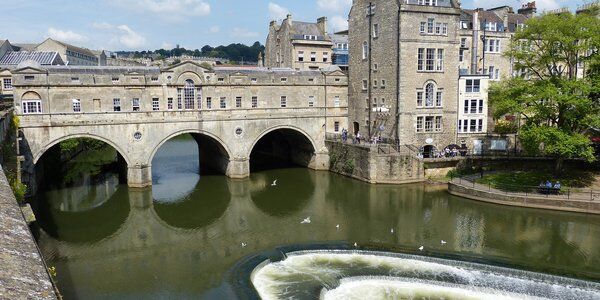
The architecture of the Pulteney Bridge
Made from limestone, the Pulteney Bridge features overhead pilasters, pediments, and tiny leaded domes at either end. The structure also boasts a classic, eye-catching Palladian window, which is situated directly over its three arches, in a temple-like central bay. The area between these three arches acts as a cellar space for the shops above.
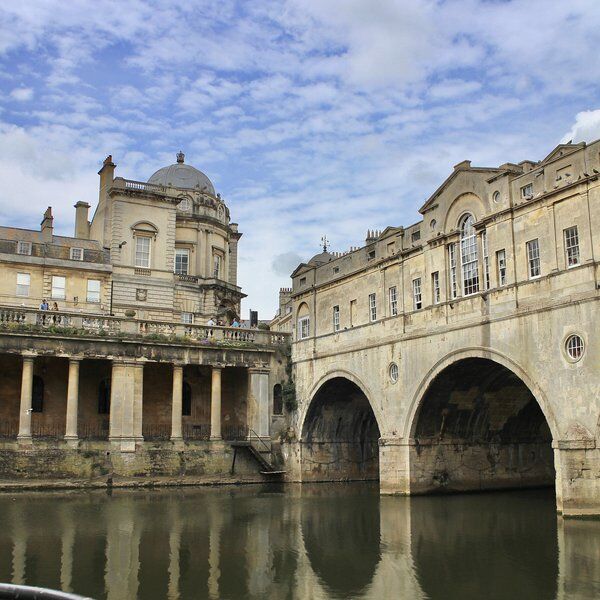
The Weir
In order to prevent flooding, a horseshoe weir was built between 1968 and 1972 near Pulteney Bridge. The man-made backdrop only served to enhance the bridge's dramatic appearance and popularity with tourists. In light of this, it is not surprising that the Pultney Bridge has featured on the screen and in several fiction novels. Most famously, the bridge featured in the 2012 film Les Misérables as the scene of Russell Crow's character, Javert’s, suicide.
Our thoughts...
Today Pulteney Bridge, designated as a Grade I building, measures 148ft long and 58ft wide. It is mainly used by public transport and pedestrians and from the bridge, regular boat trips leave heading upriver to Bathampton. But it's our general consensus that however you decide to cross or view the bridge; a visit to this famous landmark is a must.

Interested in finding more places like this? Try one of our Treasure Hunts In Bath - untangle cryptic clues as a team, as you are taken on a journey to the most unique, unusual and bizarre corners of England.
